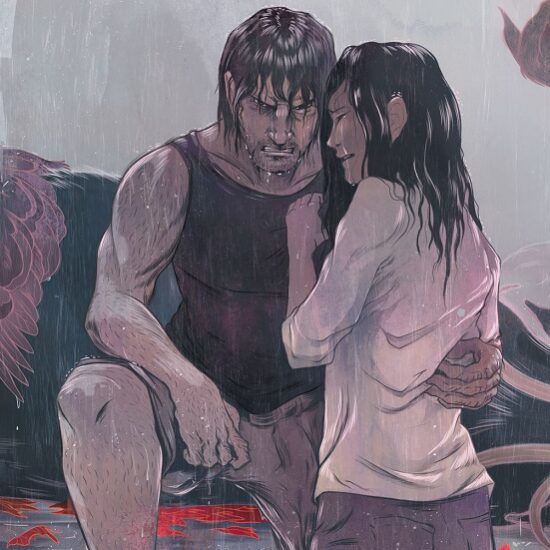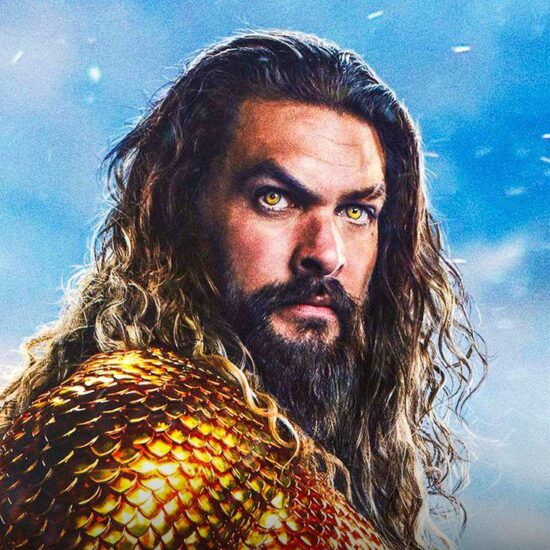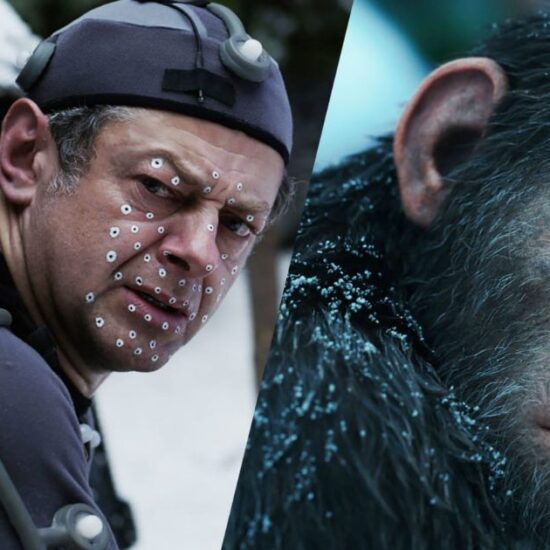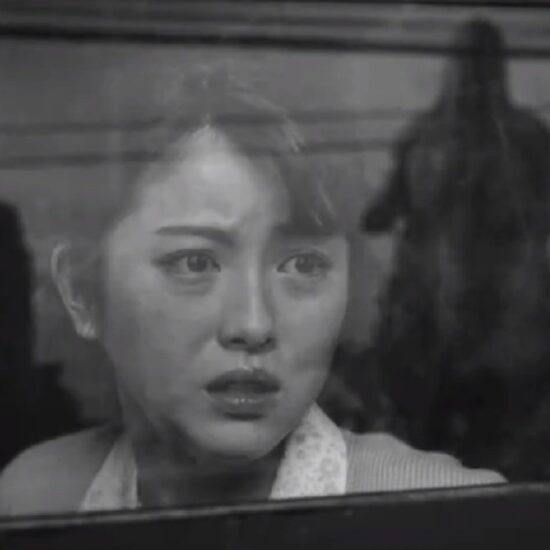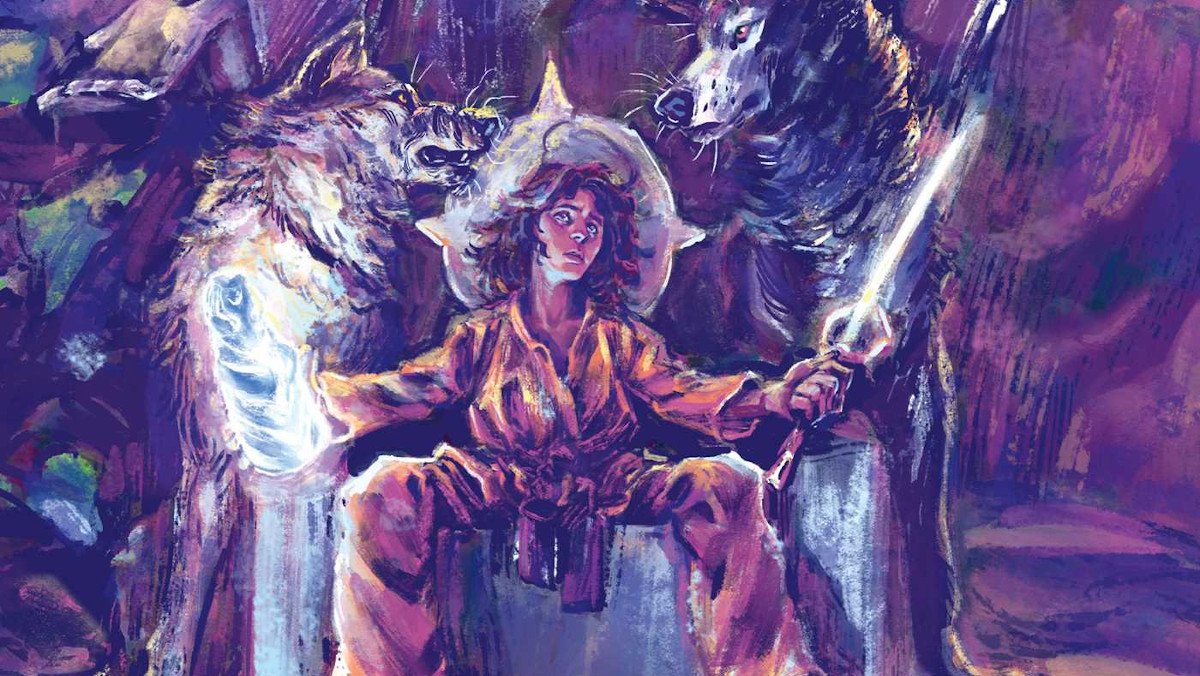
Lupa’s story comes to its end with Lupina Book Two: Wane from Legendary Comics. The tale picks up after Book One and follows Lupa as she discovers her destiny and her tribe. With joining others comes the uncertainty and the struggle of making a place to belong all over again. We interviewed Lupina Book Two: Wane writer James F. Wright over email to ask about Lupa’s journey, the importance of balance, and collaborating with illustrator Li Buszka and the rest of the team. (Lupina Book Two‘s creatives also include artist Martin F. Clinch, colorist Bex Glendining, and letterer Frank Cvetkovic.) Plus, we have a preview of the first five pages.
Nerdist: Lupina Book Two: Wane advances Lupa’s arc quite a bit, figuratively and also literally with time jumps. How did you and Li plot her journey?
James F. Wright: We had always intended to age Lupa up with each successive chapter, to show how she grows and learns along the way, almost as vignettes or highlights. Lupa begins as a four-year-old and ends in her twenties, and in lieu of showing each year of her life with Coras on the road, we decided very early on to depict only those monumental steps for her.
One other aspect of that journey is told via colors, devised and implemented by Bex Glendining. It was Li’s idea to introduce a new color with each successive chapter, like a slow-motion Wizard of Oz, as a metaphor for Lupa’s treacherous journey. Phase One begins with just red on a black-and-white inks, then green in Phase Two, blue in Phase Three, and then in Book Two we add orange, purple, and finally yellow, respectively. The closer she gets to her destination, to her destiny, the brighter her world becomes.
With both the writing and the art, we see more of Lupa’s feral side—especially compared to her sisters. What was it like pushing that aspect?
Wright: In Book One: Wax, Lupa and Coras are on their own so much, and for so long, that Lupa doesn’t really meet anyone her own age, or under the same circumstances as herself. So for Book Two, when we introduced the “other sisters” at the Inner Light Monastery, we wanted the difference to be as stark as possible. These other girls are, in theory, just like Lupa—survivors of the assassination attempt on them as youths, guided by a wolf companion to this temple—but they have not had the same path as Lupa and that distinction sets her apart, at least at first. So pushing that aspect was crucial because she had to begin as an outsider and then come to some understanding about herself in relation to these other girls.
I also want to give a shout out to our letterers Ariana Maher (Book One) and Frank Cvetkovic (Book Two), both of whom went above and beyond in crafting the way Lupa speaks. The way she speaks at the outset of her journey, having been raised in a society with language and culture, versus how she speaks after years on the road with Coras is markedly different. That feral lettering is apparent when she begins her tutelage at the Inner Light, but when she leaves the lettering of her speech looks more like it did when we met her years prior back in her hometown of Kote. She’s even writing a letter to the monks and her sisters before she departs, something the wild girl who first arrived at the monastery could never have done.
I feel like so much of the story is about balance. Creation doesn’t have as much weight without Destruction, for example. How did you and Li carry that theme through the work?
Wright: Lupa is a survivor of the attack on her village that ends the first chapter of this series, and while she doesn’t understand it at the time, she feels a deep sense of guilt about that. Going so far as to blame herself as the cause of destruction that surrounds her; the “monster” her sister teases her of being. When Coras shows up, ostensibly to guide Lupa to her ultimate goal, she represents one element of calm within Lupa’s tumultuous life. As much as possible, Coras’ aim is to show Lupa another way, to show her that her desire for destruction, for revenge, will not consume her.
Initially, Paroso, the wolf who attacks Lupa at temple back in Book One, was intended to be a one-off character, but the more Li and I talked about it the more we realized he could serve as an avatar of Lupa’s destructive nature, the yin to Coras’ yang. He shows up again and again, and eventually Lupa stops fighting against him and accepts his presence, which is the point at which her understanding of who she is becomes a reality. Had Coras not shown up to protect Lupa when she did, way back when Lupa was a mere child, there is no telling who–or what–Lupa would have become.
Finally, what was your collaboration with Li like?
Wright: Honestly? A dream. Li’s artistic talent is second to none, and they’re just a great person in general, so that made our collaboration so much easier. I tried to play to their strengths at first, writing characters and scenarios at which I knew they’d excel, only to learn that there were few things at which they didn’t excel.
Lupa’s design was all Li—the big eyes of her youth to the harder eyes of her adolescence, the errant strand of hair with a mind of its own—and as soon as I saw their first thumbnail sketch of our protagonist I was so excited to write whatever adventures she would go on. And in addition to their artistic skills, Li has been professional, patient, and unafraid to experiment to make the story better. At the risk of self-deprecation, I often say that I think the story of Lupina is good, but I think the art is outstanding. That’s due to Li’s hard work! (And the hard work of our other collaborators: Bex Glendining’s fantastic use of color, Ariana Maher and Frank Cvetkovic’s evocative lettering, Marty Clinch’s wonderful ink assists, Josh Eckert’s lovely title designs, and our incredible and incredibly accommodating editor, Nikita Kannekanti.)
Lupina Book Two: Wane is available now wherever you buy books.
Editor’s Note: Nerdist is a subsidiary of Legendary Digital Networks.










